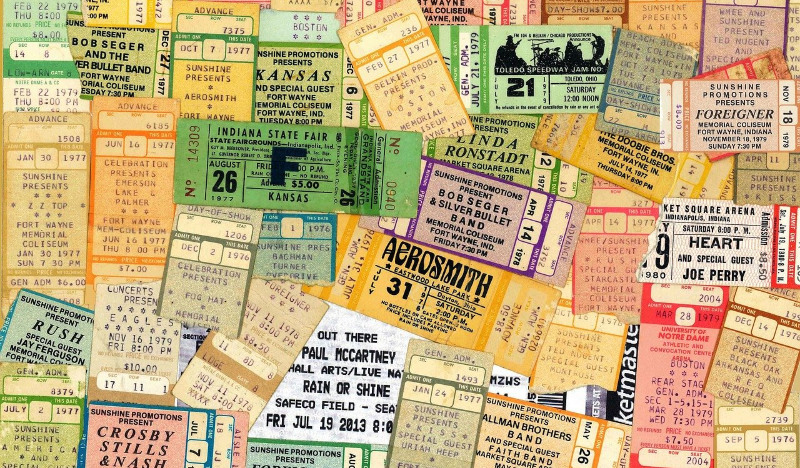This Week’s Insights: The next phase of ticket scalping… When popularity doesn’t define a good art experience… Why are museums turning to performance?… When artists end and brand begin… Philadelphia offers a culture pass to library users.
- Scalping’s Scary New Phase: Scalpers have been a fact of life since there were first tickets. The internet only made it worse, and performers and those running venues have tried in vain to limit ticket scalping. We thought that armies of bots buying up available tickets were the biggest challenge. But scalping has entered a scary new phase in which sophisticated data analysis and distributed communities of fans and opportunists have discovered profit in fans’ passions for their favorite performers. There are markets, sub-markets, and even consultants who school those looking to get into the scalping game. What to do? Not much, so far.
- When Popularity Is A Liability: Every arts organization wants to be popular, wants to be successful, wants people to pay attention. And museums have become sophisticated at getting people in through the doors. But popularity in some cases now actively degrades the experience of actually seeing the art. And who are all these people coming to see it and what are they trying to see and are they getting it? Here’s an example where “success” as traditionally defined by popularity may not actually be “success” as defined artistically.
- Why Is The Visual Art World Turning To Performance? “Performance and installation pieces are now the preferred media of just such moments at biennials and museum shows. For the second edition in a row, the top prize for a national pavilion at the Venice Biennale was won by a performance. And this doesn’t even count the “yoga in the museum” movements and performances held around art. Is this about needing to enhance a static space or creating a more heightened sense of “occasion” in coming to the museum? There may be a sense that in an always-entertainment culture it’s no longer enough just to offer a quiet experience.
- All Of Me – Fans Want “Constant” Content From Their Stars (Even After They’re Dead): Is this the next evolution of music and stars as brands? It’s no longer enough just to make an album and tour. Fans want continuous touch points with their stars, hungry for details about how their heroes live and what they think. This extends now even after death, with holographs touring in concert. Where does the artist end and the brand begin?
- Piggybacking Culture: After New York City’s success in giving free access to the city’s arts organizations with its Culture Pass, Philadelphia will let Free Library of Philadelphia cardholders reserve one free entry per year at some of the city’s cultural institutions. Is this kind of offering one kind of cultural experience to those who use another kind of experience a good way of expanding both audiences?
Image by PublicDomainPictures from Pixabay

Leave a Reply